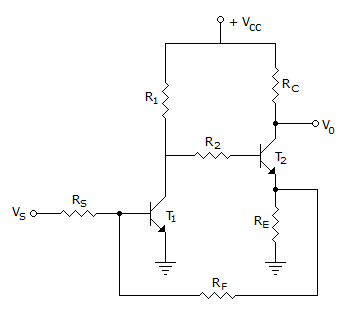Electronics and Communication Engineering - Exam Questions Papers
Exercise : Exam Questions Papers - Exam Paper 21
- Exam Questions Papers - Exam Paper 12
- Exam Questions Papers - Exam Paper 22
- Exam Questions Papers - Exam Paper 21
- Exam Questions Papers - Exam Paper 20
- Exam Questions Papers - Exam Paper 19
- Exam Questions Papers - Exam Paper 18
- Exam Questions Papers - Exam Paper 17
- Exam Questions Papers - Exam Paper 16
- Exam Questions Papers - Exam Paper 15
- Exam Questions Papers - Exam Paper 14
- Exam Questions Papers - Exam Paper 13
- Exam Questions Papers - Exam Paper 1
- Exam Questions Papers - Exam Paper 11
- Exam Questions Papers - Exam Paper 10
- Exam Questions Papers - Exam Paper 9
- Exam Questions Papers - Exam Paper 8
- Exam Questions Papers - Exam Paper 7
- Exam Questions Papers - Exam Paper 6
- Exam Questions Papers - Exam Paper 5
- Exam Questions Papers - Exam Paper 4
- Exam Questions Papers - Exam Paper 3
- Exam Questions Papers - Exam Paper 2
16.
Consider the transmission line of length 37.5 cm, which is terminated into zero resistance. This line is being exited by a source of 1 GHz which has an internal impedance of 50 Ω. What is the input impedance of the line as seen by the source?
17.
The junction capacitance of a linearly graded pn junction (with applied voltage = VB) is proportional to
18.
Consider the following statements:
For a square waveguide of cross-section 3m x 3m it has been found
For a square waveguide of cross-section 3m x 3m it has been found
- At 6 GHz dominant mode will propagate
- At 4 GHz only dominant modes and evanescent
- At 11 GHz all the modes and no higher order mode will propagate
- At 7 GHz degenerate modes will propagate
19.
The circuit shown depicts :


20.
Which of the transistor models is most preferred for the analysis of a transistor circuit both at mid-band and at high frequencies?
Quick links
Quantitative Aptitude
Verbal (English)
Reasoning
Programming
Interview
Placement Papers



